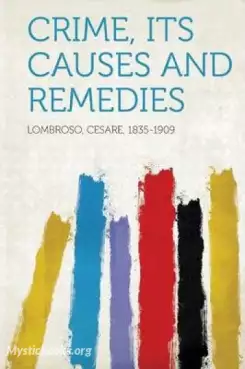
Timeline
Title
Country/Nationality
Cesare Lombroso
Cesare Lombroso was an Italian criminologist, phrenologist, physician, and founder of the Italian School of Positivist Criminology. Lombroso rejected the established classical school, which held that crime was a characteristic trait of human nature. Instead, using concepts drawn from physiognomy, degeneration theory, psychiatry, and Social Darwinism, Lombroso's theory of anthropological criminology essentially stated that criminality was inherited, and that someone "born criminal" could be identified by physical (congenital) defects, which confirmed a criminal as savage or atavistic.
Lombroso was born in Verona, Kingdom of Lombardy–Venetia, on 6 November 1835 to a wealthy Jewish family. His father was Aronne Lombroso, a tradesman from Verona, and his mother was Zeffora (or Zefira) Levi from Chieri near Turin. Cesare Lombroso descended from a line of rabbis, which led him to study a wide range of topics in university. He studied literature, linguistics, and archæology at the universities of Padua, Vienna, and Paris. Despite pursuing these studies in university, Lombroso eventually settled on pursuing a degree in medicine, which he graduated with from the University of Pavia.
Lombroso married Nina de Benedetti on 10 April 1870. They had five children together, one of whom—Gina—would go on to publish a summary of Lombroso's work after his death. Later in life Lombroso came to be influenced by Gina's husband, Guglielmo Ferrero, who led him to believe that not all criminality comes from one's inborn factors and that social factors also played a significant role in the process of shaping a criminal.
He died in Turin in 1909.
Books by Cesare Lombroso

Crime, Its Causes and Remedies
Published as the third volume in the Modern Criminal Science Series, Cesare Lombroso, renowned Italian criminologist, collected a wealth of information regarding the incidence, classification, and causes of crime. Crime calendars, the geography of cr...

Man of Genius
Investigating the relationship between genius and physical anomalies, Lombroso examined evidence from autopsy reports, biographies, and admission records of prisons and asylums. His findings suggested that creative individuals often exhibit "atavisti...